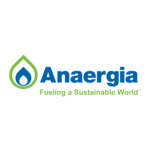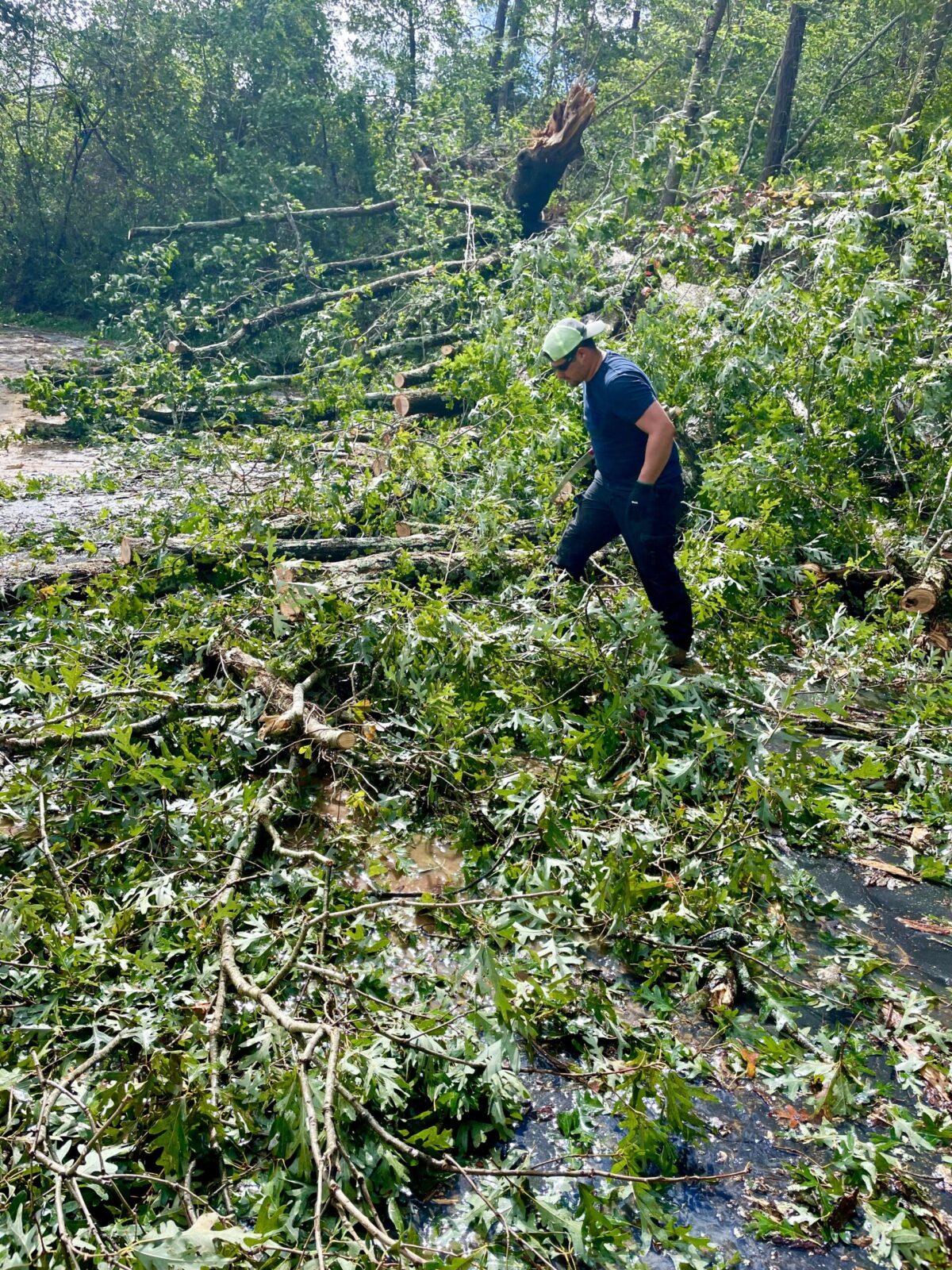QEM has released details of a scoping study for its prospective Julia Creek vanadium and oil shale project in Queensland.
The study established a 30-year mine schedule with a production target of approximately 10,751 tonnes of 99.5 per cent pure vanadium pentoxide and 313 million litres of transport fuel per year.
The project is expected to have “robust economic outcomes” with no significant issues to prevent it from progression to the pre-feasibility stage.
According to the study, the mine will cost up to $791 million to reach production.
“This study represents a significant milestone for the company and the Julia Creek project,” QEM managing director Gavin Loyden said.
“For the first time, we have detailed initial financial analysis to complement the technical and exploration achievements we’ve made to date.
“We are seeking to develop a major, long-term project at Julia Creek and this study clearly articulates the potential that exists at our flagship project and reaffirms our ambition to become a key player in the long duration vanadium battery storage market.”
The Julia Creek Project comprises four granted exploration permits for minerals covering a total area of approximately 250 square kilometres.
The tenements form part of the Toolebuc formation, which QEM said is recognised as one of the largest deposits of vanadium and oil shale in the world.
“The study highlights the culmination of a lot of hard work and our dedicated team continues to work diligently toward the delivery of that goal,” Loyden said.
“We are excited to share this detailed technical and financial information with our shareholders and potential investors.”
Subscribe to Australian Mining and receive the latest news on product announcements, industry developments, commodities and more.




